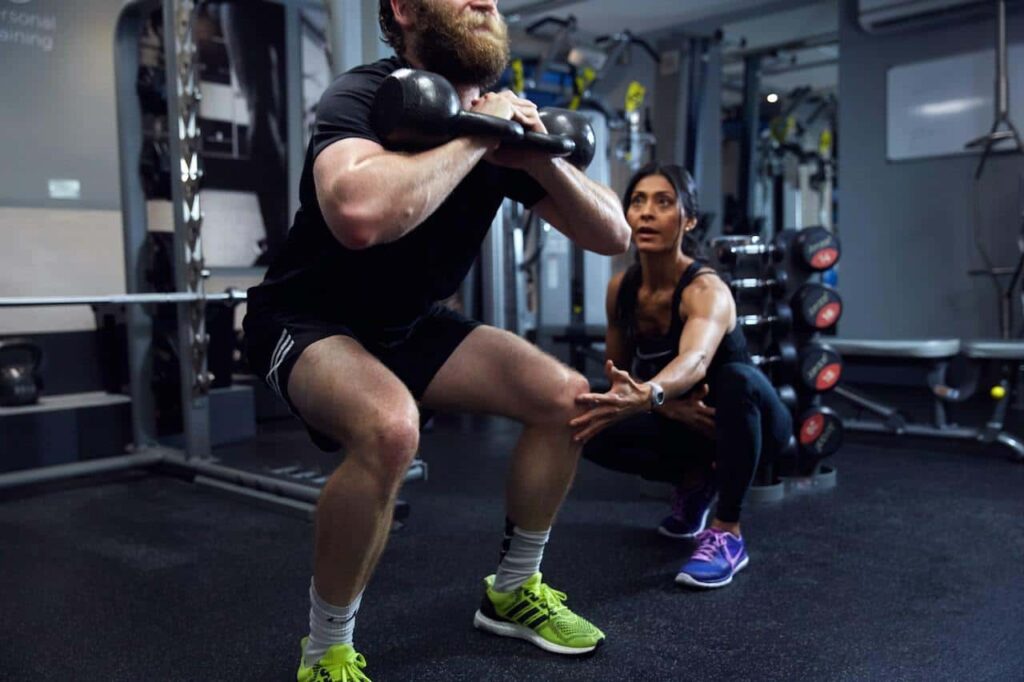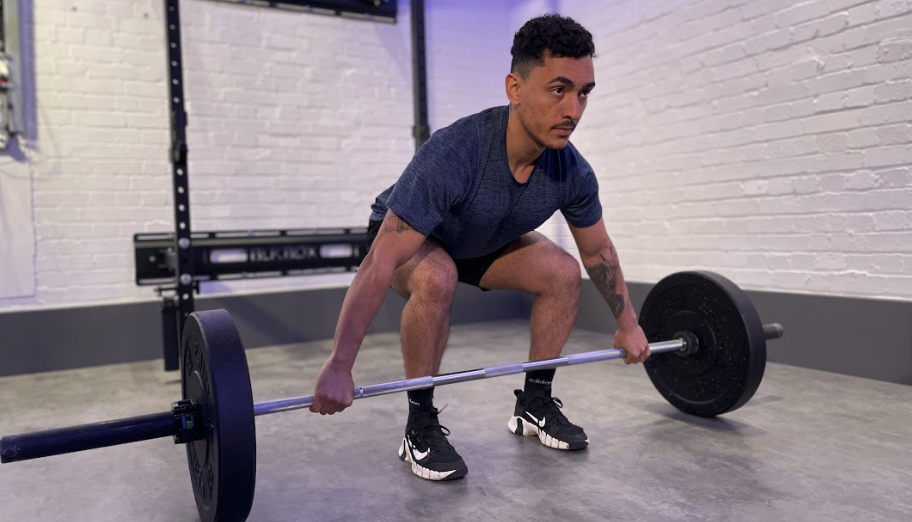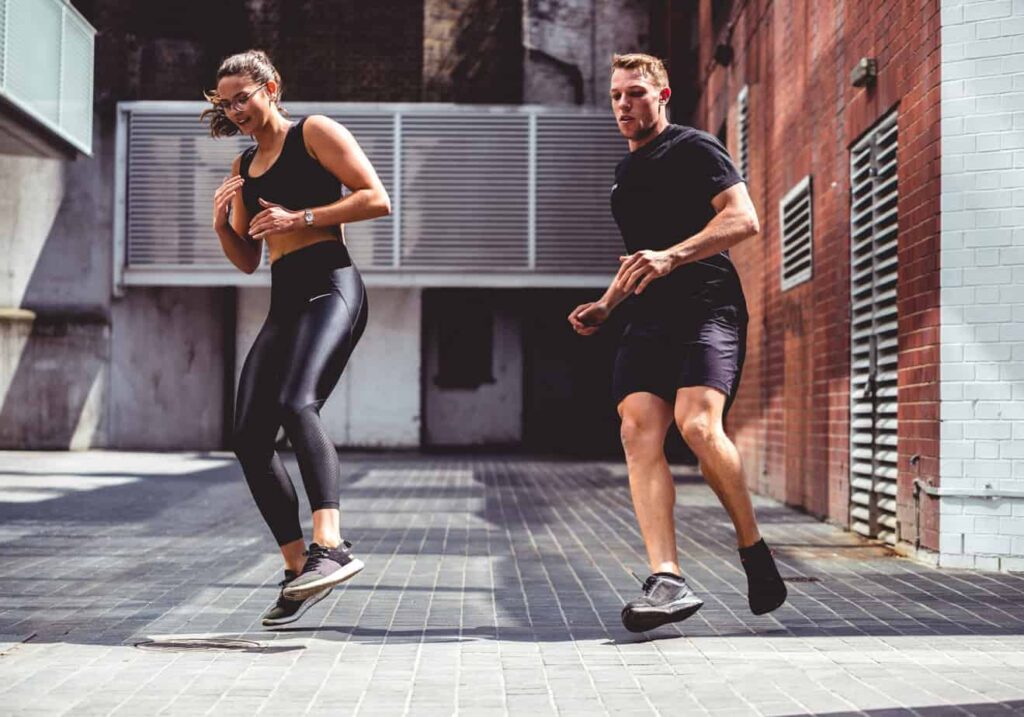In this article I will be talking all things knee stability. The what, the why and the how.
Knee stability is vital for correct functionality of the body as well as longevity in general health and movement ability. Injuries because of knee instability are extremely common but they are also easily avoidable.
Strength training again top trumping everything else for this.
What is knee stability?
Knee stability is the ability to control the knee joint movement within the proper range of motion. This stability comes from the soft tissue and muscles that surround and support the joint.

Stability of the knee reduces chances of injury significantly.
Why is knee stability important?
“A stable knee is a knee in which all ligaments and surrounding muscle groups are intact, healthy, and strong enough to support body weight during movements and activity”
Jeff Brannigan, program director at Stretch*d in New York.
Stability of your knees is particularly important as they are being utilised with literally every step you take. Knee stability not only reduces your risk of injury, it also ensures that your joints can move at their optimum range of motion.
Without good stability, your joints can grind together, causing wear and tear throughout the years. As muscle tone reduces as we get older this can only lead to more pain. Knee joint instability can result in the knee cap tracking abnormally as well, causing pain and the cartilage under the kneecap to wear down. This then may require surgery. Surgical intervention to remove tissues, including the meniscus or cartilage, puts increased pressure on the other areas of the knee and worsens knee instability.
The lack of movement post surgery will also lead to more reduced muscle tone. A vicious circle of uncertainty.

The knee is a hinge joint so is particularly vulnerable during movement or activities that require lateral or side to side movement.
As a hinge joint the knee can naturally flex and extend but rotation is extremely limited. This means exercise such as walking and running come a lot more naturally to the knee than sports such as football and basketball that require quick and sharp change of direction movements. Hence why a lot of professional athletes get knee injuries.
Poor knee stability can also result in incorrect movement patterning leading to lower leg/feet problems but also hip and lower back problems. If one part of the chain isn’t working properly, other parts have to overcompensate. Where the knees are situated on the body means they take the brunt of most of our daily movement so are vital to staying strong and leading a healthy active lifestyle.
How can strength training help with knee stability?
There are three main factors that contribute to joint stability, Size, shape, and arrangement of the articular surface, Ligaments and Muscle Tone. Muscle tone can decrease over time, especially without proper exercise. This causes joints to be less stable and more prone to injury.
Muscle tone imbalance can also reduce your joint stability, so it’s important that strength training is a part of your weekly routine.
By increasing muscle tone or simply maintaining what you already have, you will be at a significant advantage when it comes to longevity and reducing your chance of injuries.
Strength training is the only way to do this. Not only does strength training help with muscle tone and strength it also increases bone density and the strength of the ligaments and tendons around your joints. Reducing your susceptibility to injuries or pain.
What are some exercises for knee stability?
There are many exercises that can be done to improve knee stability but focusing on Knee extension, single leg balance and single leg strength will give you more bang for your buck in your training sessions.
Knee Extension Exercises: Quad/knee dominant exercises such as leg extensions, squats, split squats and lunges are great for strengthening the quads and working the knee through its full range of motion. Start by just using your bodyweight to ensure correct technique is being followed and then progressively overload by either increasing resistance with weights or increasing the number of repetitions.
Single leg balance work: Standing on one leg and moving limbs away from your centre of mass can be a great way of working the knee joint and everything around it. Start by standing on a flat stable surface and progress on to an unstable surface. The instability under the foot will help to strengthen muscles throughout the foot, ankle, and lower leg which helps provide a better foundation for the knee.
Single Leg Strength work: Any single leg strength exercises are great as your dominant leg cannot take over. We all have a weaker side as we are not symmetrical but we need the difference between our two sides to be as small as possible to reduce our chances of getting injured. Single leg squats or step ups are a great example of this.
What does a knee stability-focused workout look like?
If the idea of a knee-stability-focused workout is realistic, then great – but if you wouldn’t dedicated a whole session to knees, then perhaps talk about the kinds of exercises you’d add across a program to support knee stability.

Focusing a whole training session on knee stability isn’t ideal as fatigue would set in quite quickly, so you would be limited to what you could achieve. Mixing the above movements with other exercises is a great way of still getting what you want out of your session and being as productive as possible with your time.
Knee stability exercises are usually very anterior chain focused (quad dominant) so by adding in some posterior chain movements (glutes/hamstrings) you won’t be going far wrong with having a fully rounded functional session.
If it was a total body session you were looking to do, mixing your quad dominant with an upper body movement in a circuit style session would increase the rest you are getting and therefore reduce your chances of experiencing fatigue too early on.
If you split your sessions into lower and upper body, potentially think about alternating between anterior and posterior chain exercises or adding some core training to split your session up. This way you are not hanging around doing nothing for 2-5 minutes between sets. You can be working on something else whilst resting other muscle groups.
Would you like to know more about how we work on knee stability? Why not contact us!

